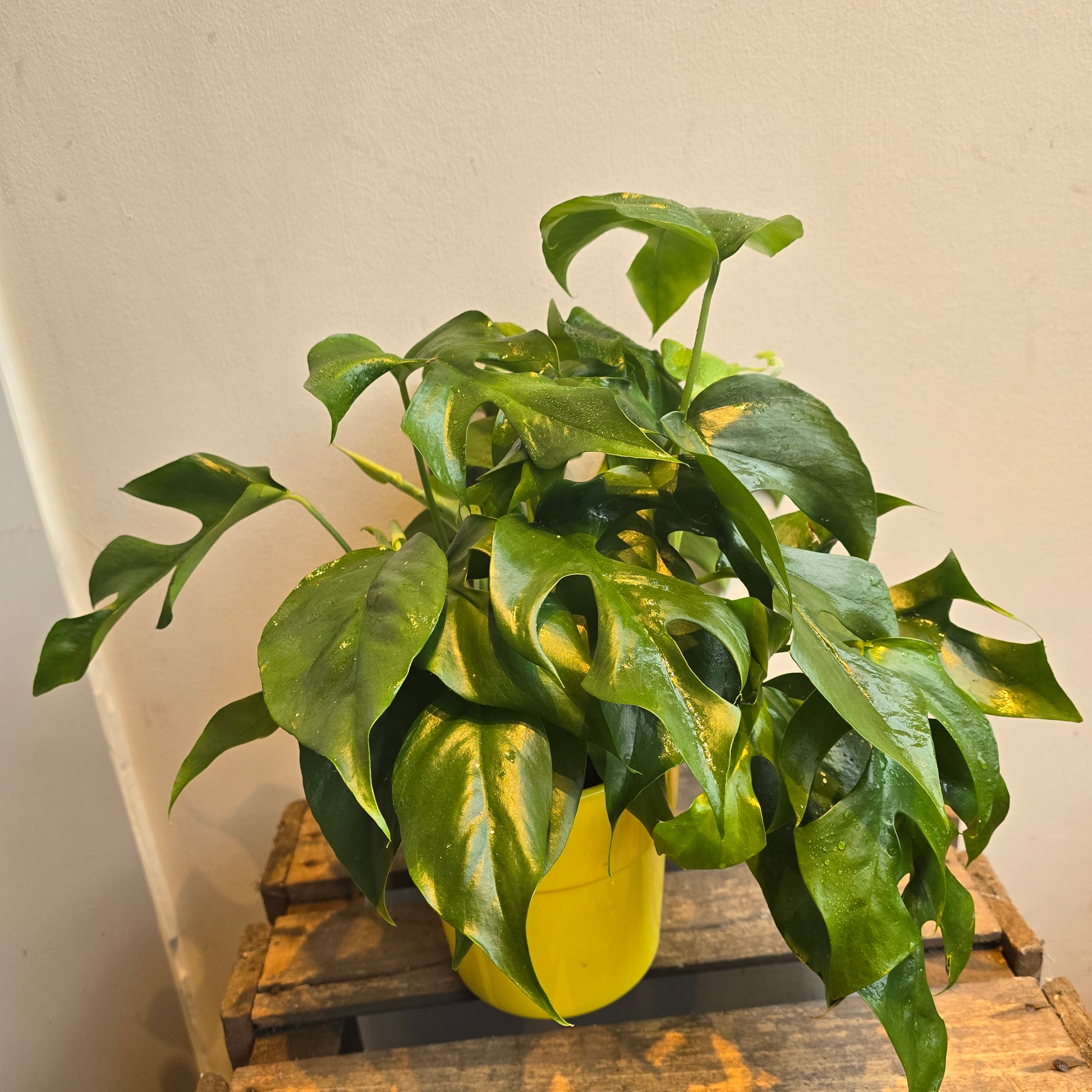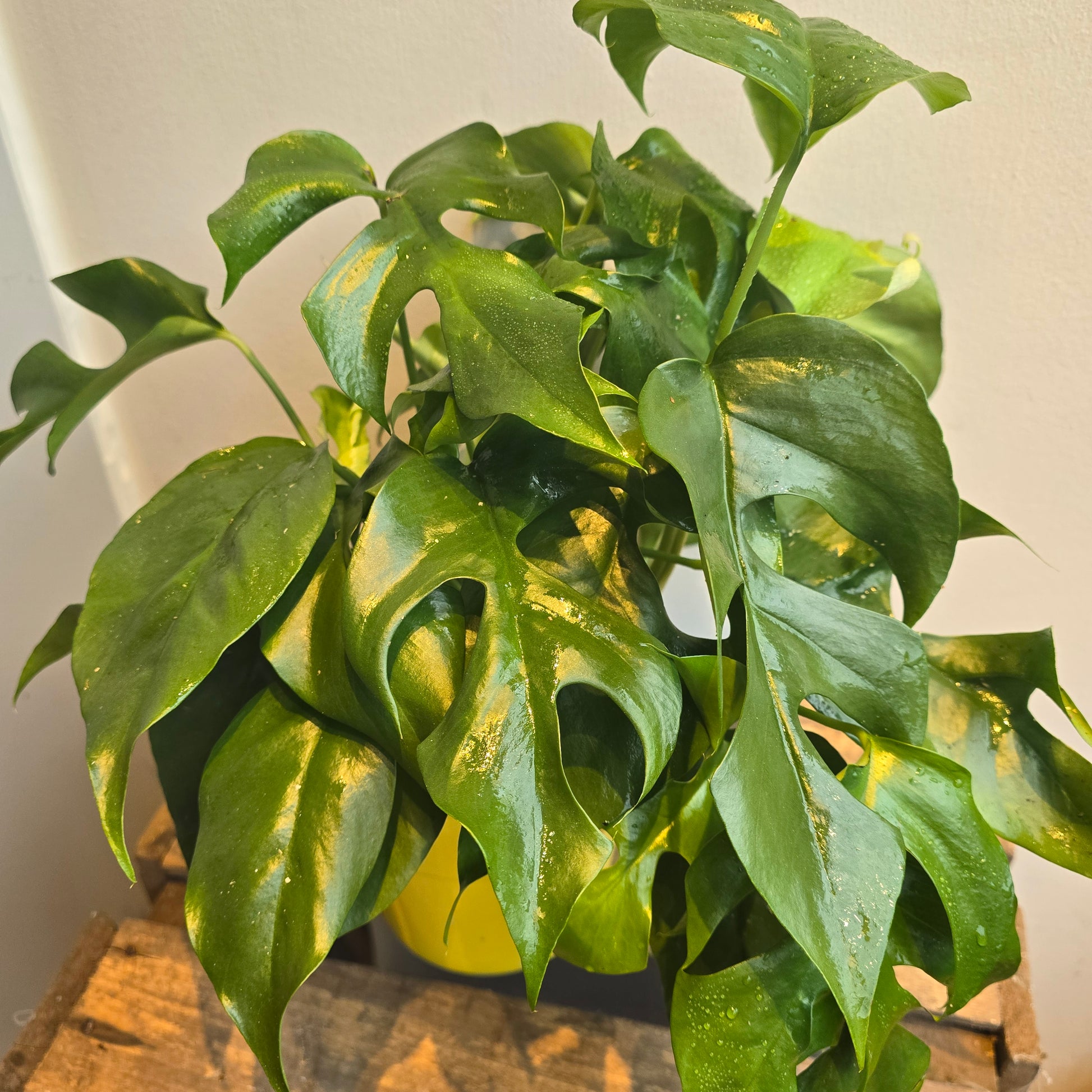Rhapidophora Tetrasperma - Monstera Minima
Rhapidophora Tetrasperma - Monstera Minima
Rated 4.9 ⭐ by 100 satisfied customers on Google
Currently in stock
Couldn't load pickup availability
- Home delivery throughout Belgium.
- Collection in Leuven possible
- Mini Monstera for your bookshelf
- Lifelong help for all your plant questions
The Rhapidophora Tetrasperma, also known as the "Mini Monstera," is a tropical houseplant that stands out for its elegant, serrated leaves. This plant closely resembles the popular Monstera Deliciosa, but remains much more compact. Ideal for smaller living spaces or as a stylish eye-catcher on a cabinet or shelf.
The Rhapidophora Tetrasperma is perfect for beginner plant enthusiasts: it's easy to care for and grows quickly with the right care. Moreover, its climbing habit makes it a fun way to guide it along a moss pole or plant support.
Looking for a plant with character, tropical flair, and minimal fuss? Then this green beauty is just what you're looking for.
Various species within the Araceae family
The Rhapidophora Tetrasperma belongs to the Araceae family, which also includes many other popular houseplants. Below is a list of other popular plants from the same family, which you can also find in our houseplant collection :
- Monstera Deliciosa — The classic Swiss cheese plant with large leaves.
- Philodendron — A versatile plant with many varieties and colors.
- Syngonium — Known for its arrow-shaped leaves.
- Epipremnum (Pothos) — An easy climber with spotted leaves.
- Scindapsus — Similar to a Pothos, but with velvety leaves.
- Aglaonema — Colorful leaves and low maintenance.
- Zamioculcas (ZZ plant) — Super strong plant with glossy dark green leaves.
How to care for a Rhapidophora Tetrasperma
The Rhapidophora Tetrasperma is a relatively easy houseplant that, with proper care, will last for years. Below, we'll explain step-by-step how to keep it happy.
Light for a Rhapidophora Tetrasperma
This plant loves plenty of indirect light. So, ideally, place it near a window where the sun filters in, such as behind a curtain or in a spot with morning sun. Avoid bright midday sun, as it can burn the leaves.
Insufficient light causes the plant to grow more slowly and develop less attractive, serrated leaves. Is your plant too dark? Then consider moving it closer to a window or using a grow light. Discover other plants that love sunlight .
How much water does a Rhapidophora Tetrasperma need?
The Rhapidophora Tetrasperma prefers slightly moist soil, but absolutely not wet feet. Let the top 2-3 cm of potting soil dry out before watering again. In winter, you can water slightly less frequently, as the plant grows less actively.
Preferably use lukewarm water and ensure excess water can drain properly from the pot. Are you experiencing overwatering? Then read our article on what to do about root rot .
The perfect potting soil for a Rhapidophora Tetrasperma
An airy and well-draining potting soil is essential. Use potting soil with added perlite or coconut fiber to prevent the roots from staying too wet. For extra airiness, add some sphagnum moss .
At De Plantrekkers, we have several types of potting soil that are perfect for this plant. Also read more about the benefits of perlite in your potting soil.
Common problems with a Rhapidophora Tetrasperma
Even though Rhapidophora Tetrasperma is relatively easy to care for, some problems can still arise. Fortunately, they are usually easy to solve.
Plant dripping water: what does it mean?
If your plant forms water droplets at the leaf tips, it's a natural process called guttation. This often happens when humidity is high or after you've just watered.
It's no cause for alarm, but it could indicate overwatering. Check that the potting soil isn't too wet and consider placing a humidifier or a bowl of water next to the plant to maintain a more stable humidity.
Yellow leaves on your Rhapidophora Tetrasperma
Yellow leaves can indicate overwatering, but also a lack of light or old leaves. Pay close attention to the location and soil moisture.
If only older leaves are turning yellow, that's normal. Are new leaves turning yellow? Then it's time to adjust your care. Read more about leaf problems on our blog.
Pests on your plant
Spider mites, thrips, and aphids can sometimes occur. Check the undersides of leaves regularly for small insects or sticky spots. If an infestation occurs, use an organic solution such as Jungle Mist Spray .
Are you having problems with thrips? Then be sure to check out our guide about thrips on your Monstera , which also applies to Rhapidophora.
Roots coming out from under the pot
Are the roots visible at the bottom of the pot? Then your plant probably needs a larger pot. Choose a pot 2-3 cm larger in diameter and use fresh potting soil.
Also read our article about hydro grains in the soil for good drainage and healthy roots.
Brown edges on the leaves
Brown edges can be caused by dry air, too much fertilizer, or irregular watering. Try increasing the humidity and watering regularly.
Also, don't use hard-watered tap water. Rainwater or filtered water is better. Discover how to increase humidity for a happier plant.
Is the Rhapidophora Tetrasperma poisonous?
Yes, unfortunately, Rhapidophora Tetrasperma is poisonous to pets like cats and dogs. The plant contains substances that can cause irritation if ingested.
Do you have pets at home? Check out our list of non-toxic plants for pets .
Whether you're just starting out with houseplants or looking to expand your collection, the Rhapidophora Tetrasperma is a smart choice. It's stylish, easy to care for, and a true growth champion. Order today and give your interior a tropical upgrade with this mini Monstera.
Also discover our plant accessories to optimally care for your new green friend!
Share
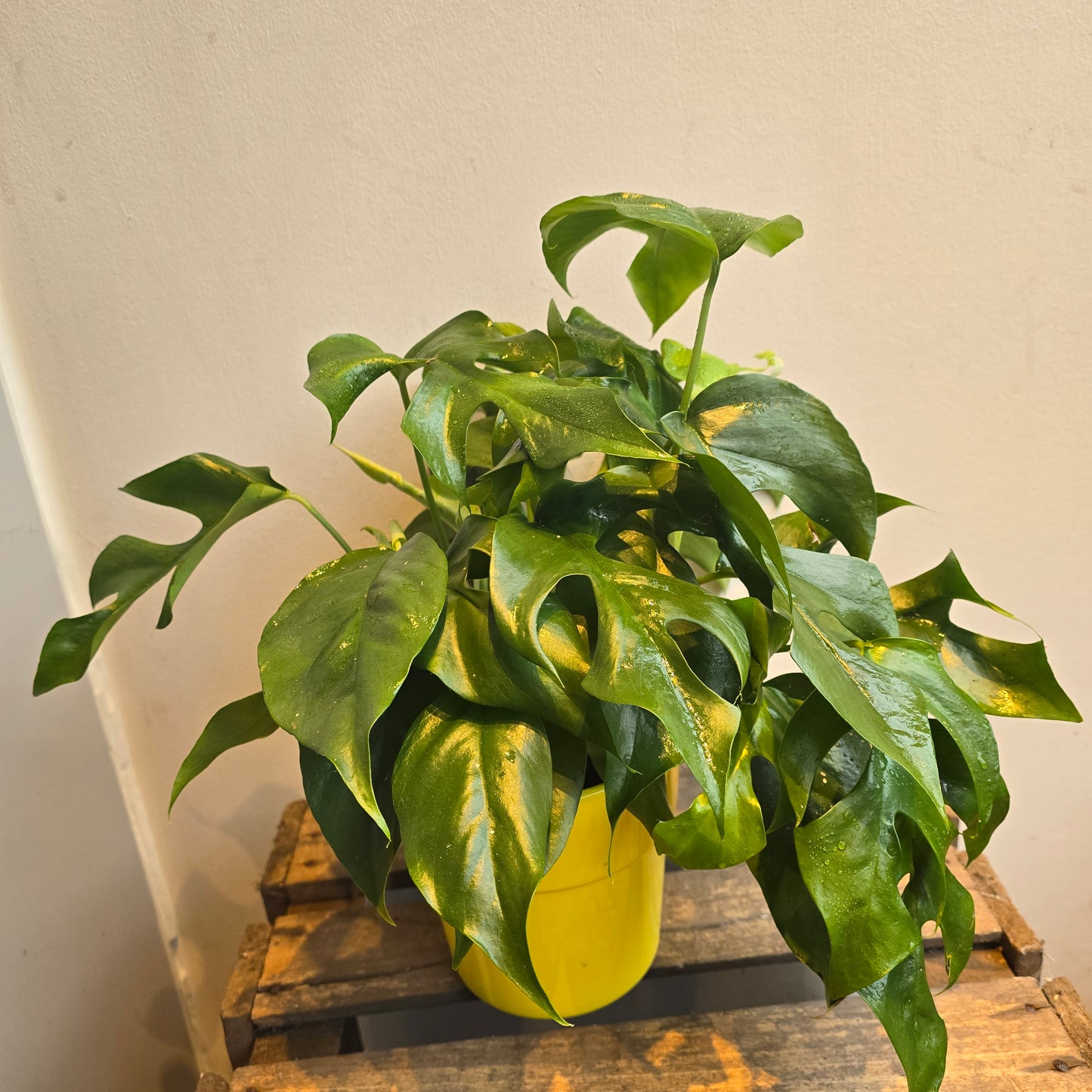
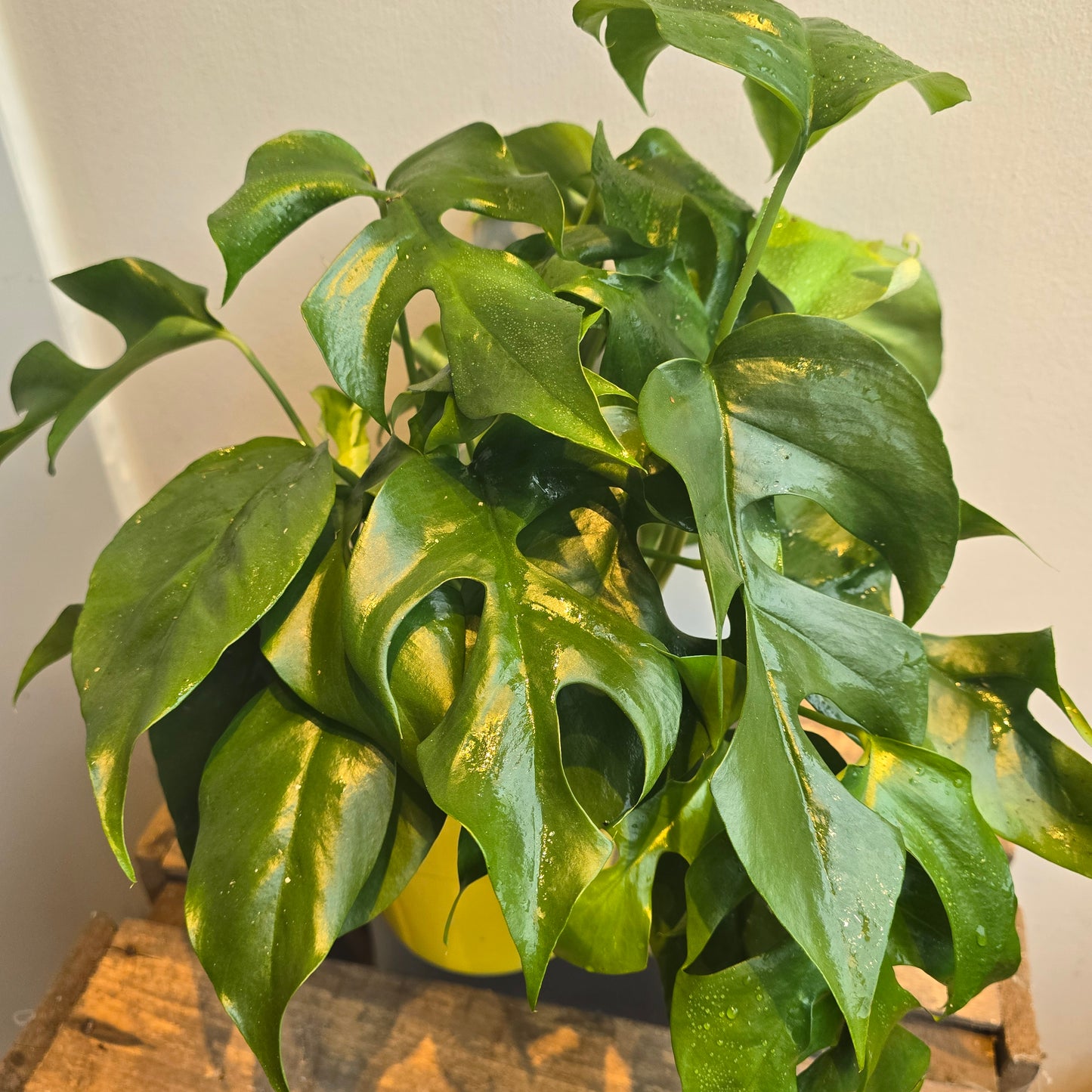
Frequently Asked Questions
How do you ship plants?
We always ship our plants well packaged and safely.
We do not ship on cold days and we also try not to ship during the weekends. This way plants are always in suboptimal conditions for a minimum time.
What is your shipping policy?
You can read our shipping policy here.
What payment methods do you accept?
We accept various payment methods online such as Bancontact, Visa, Mastercard, Paypal.
You can also pay with Ecocheques in our store in Leuven.
Can I return the products?
You can read our returns policy here.
Where do your plants come from?
Our plants always come straight from the grower to our shop. With minimal stops we prevent pests and diseases and keep the chain short!
Collections
-
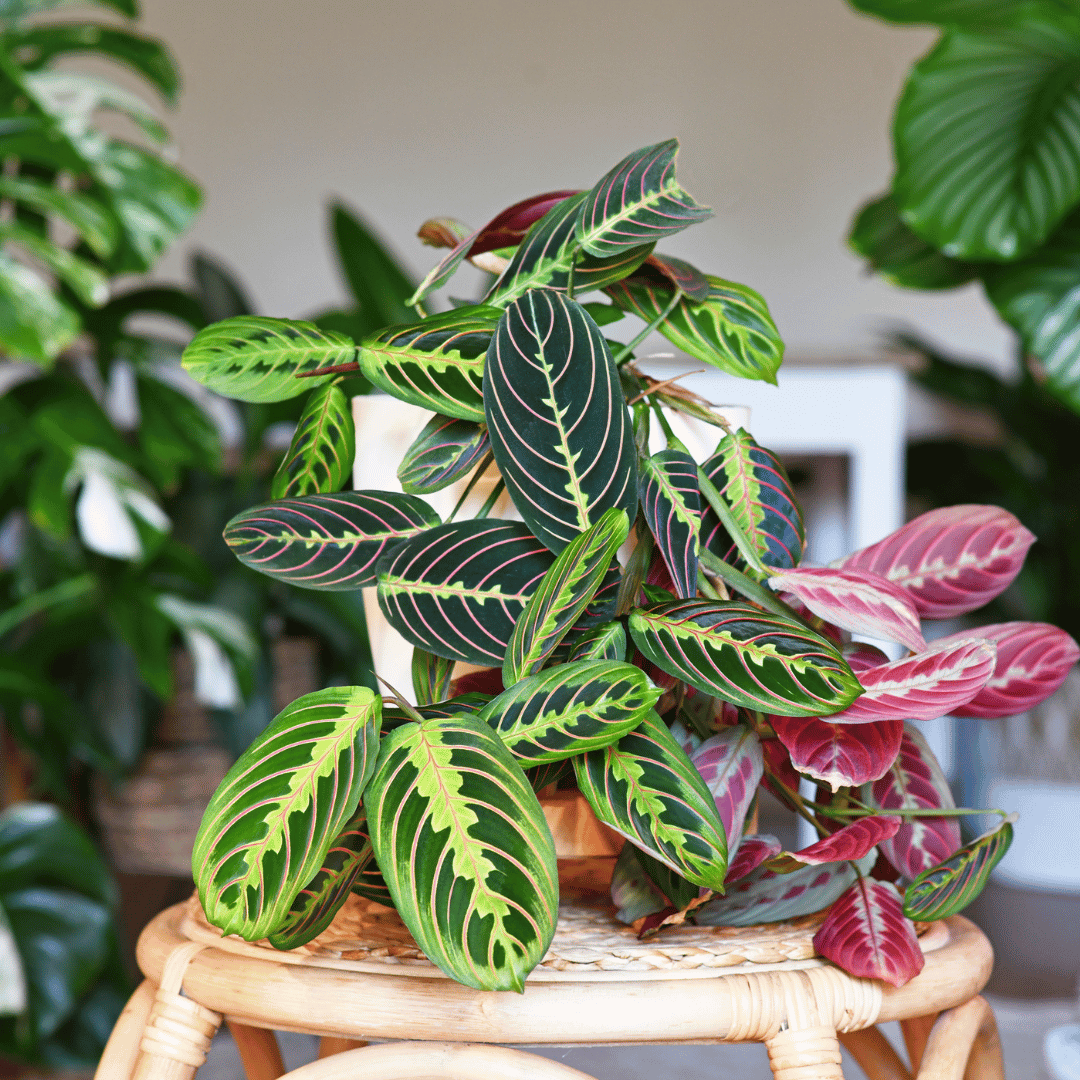
Buy Maranta's
Discover the unique charm of our collection of Maranta plants. With their...
-
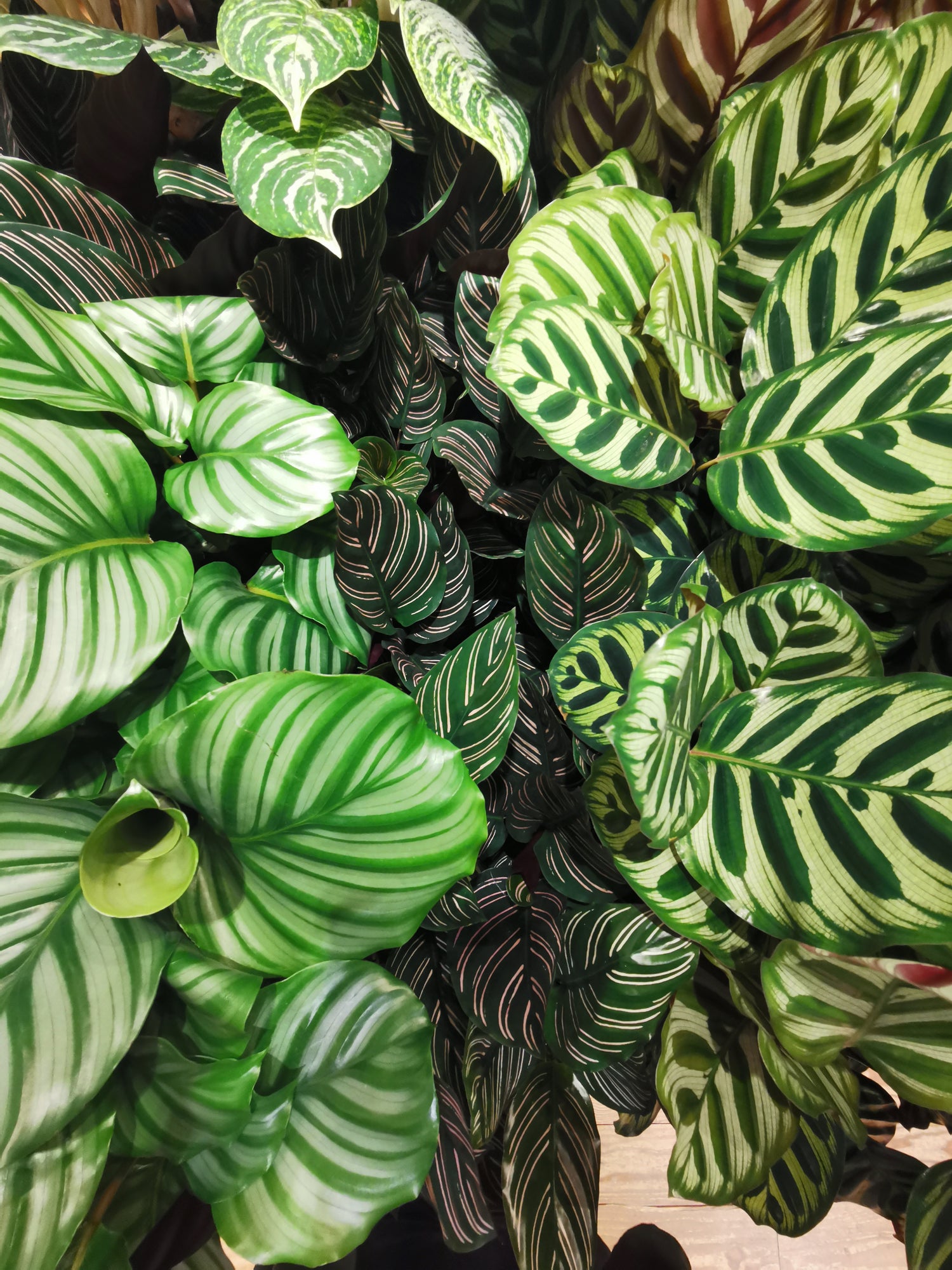
Buy Calathea
Are you looking for a beautiful and unique houseplant that will purify...
-
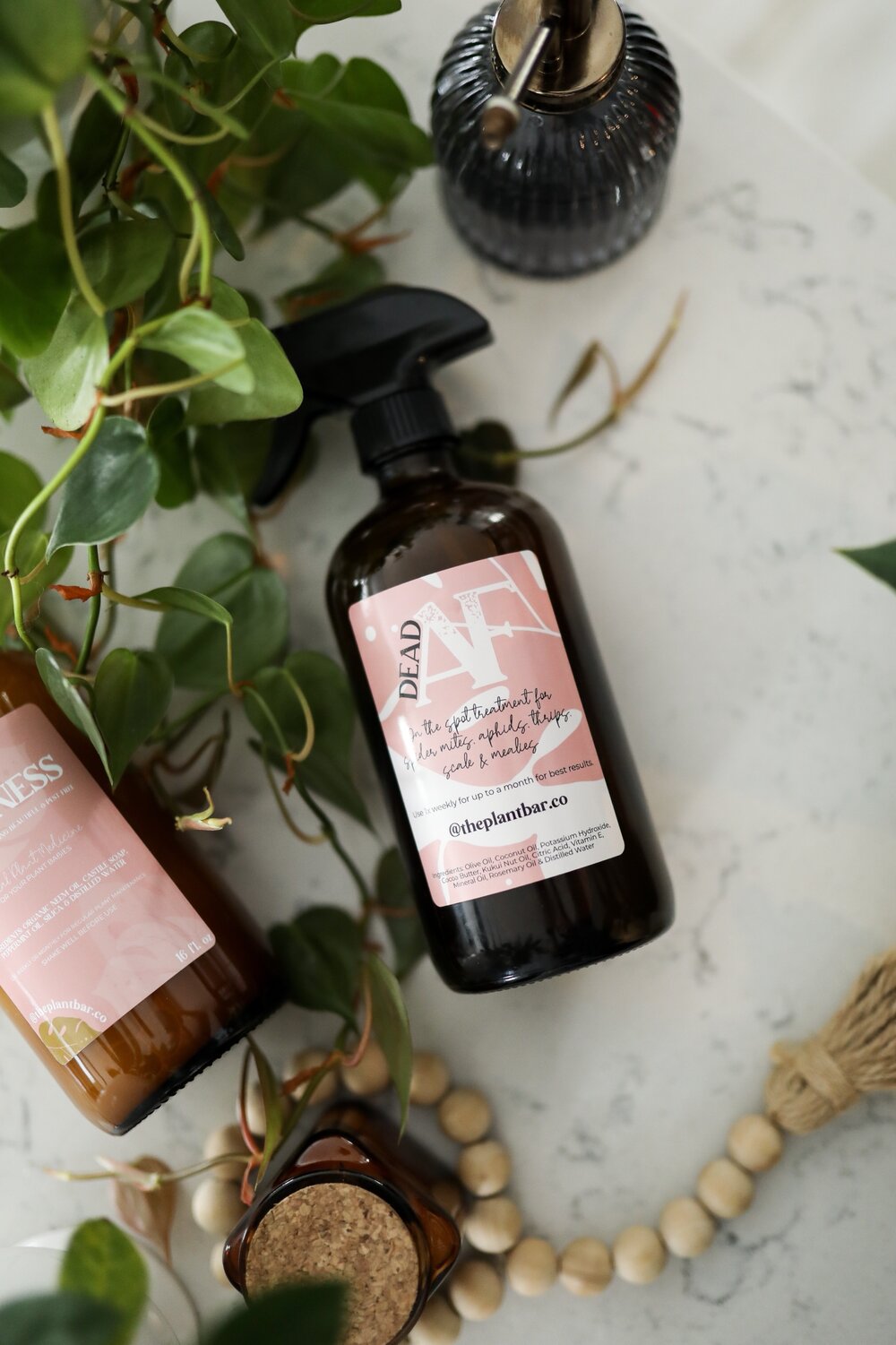
Accessories for Plant Lovers
In our store we have a wide variety of accessories to help...

